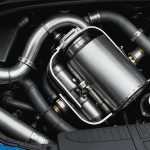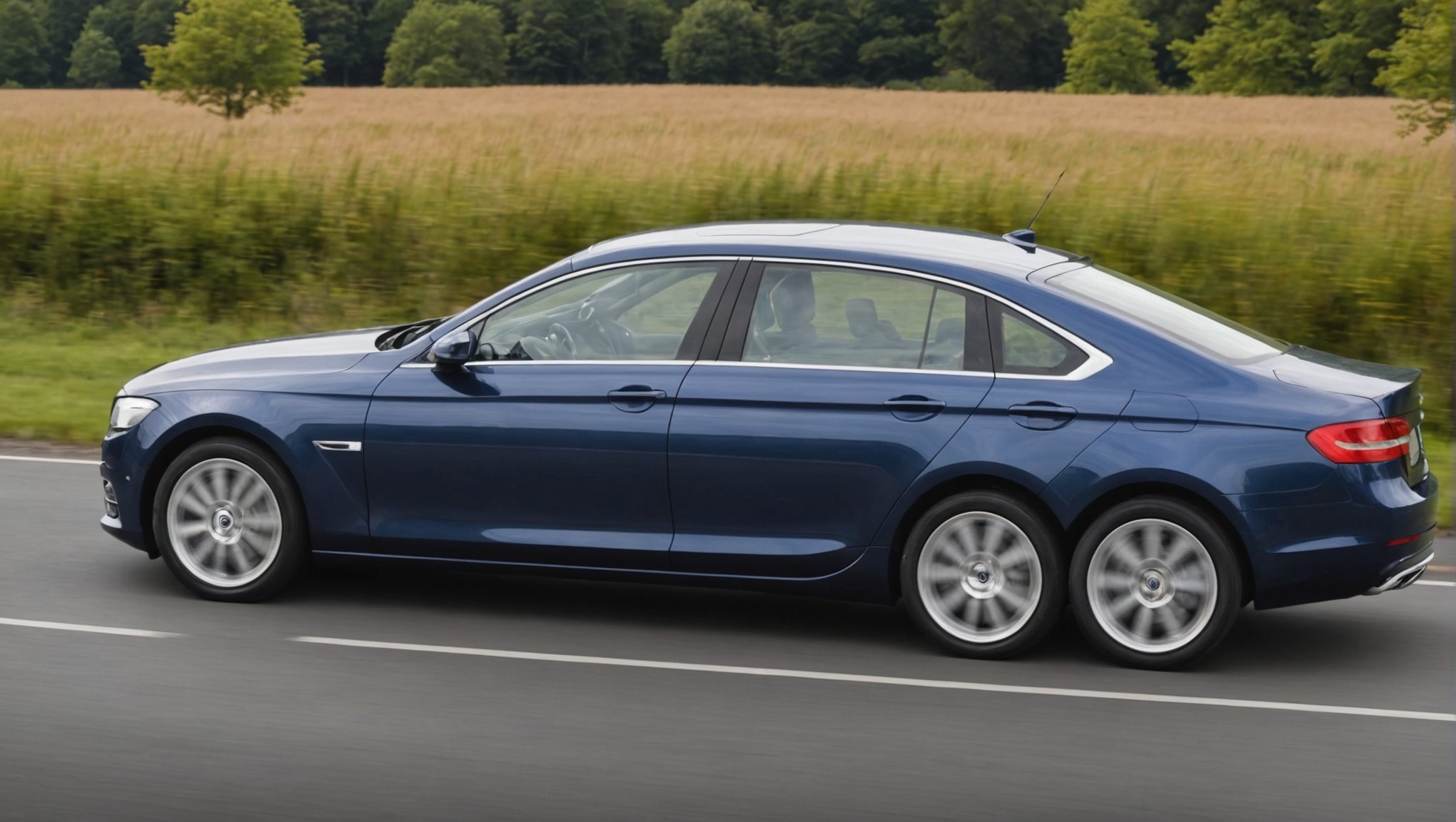In the realm of automotive innovation, adaptive cruise control (ACC) has emerged as a transformative technology. This feature, once limited to new high-end vehicles, is now catching the attention of those who own older cars in the UK. Retrofitting ACC can enhance driving comfort and safety by adjusting the vehicle’s speed based on the traffic ahead. But how can you retrofit this advanced feature into your older car? The process might seem daunting, but with the right guidance, it becomes much easier.
Understanding Adaptive Cruise Control
Before diving into the retrofitting process, it’s crucial to understand what adaptive cruise control entails. ACC is an advanced system that can automatically adjust the speed of your vehicle to maintain a safe distance from vehicles ahead. This technology leverages a combination of sensors, radar, and cameras to monitor traffic conditions continuously. By doing so, it can accelerate or decelerate your vehicle accordingly, making long drives less stressful and significantly improving safety.
In the same genre : How can you safely disable a car’s immobilizer system for maintenance in the UK?
In older vehicles, the absence of this technology means drivers have to manually adjust their speed in response to traffic. This manual process can be tiresome and prone to human error. By retrofitting ACC, you are effectively upgrading your car to meet modern safety standards and enhancing your driving experience.
Evaluating Vehicle Compatibility
The first step in retrofitting adaptive cruise control is assessing whether your vehicle is compatible with such an upgrade. Not all older cars can seamlessly incorporate ACC due to the differences in technology and design. You’ll need to consult your vehicle’s manufacturer or a professional mechanic to determine compatibility.
Additional reading : How can you legally import a Japanese Domestic Market (JDM) car into the UK?
Generally, vehicles with electronic throttle control systems are more likely to support the installation of ACC. Additionally, cars equipped with other modern driver assistance systems like lane-keeping assist or standard cruise control have a higher chance of compatibility. It is essential to gather all necessary information about your vehicle’s current systems and specifications before proceeding with the retrofitting process.
Procuring the Right Equipment
Once you’ve confirmed compatibility, the next step is acquiring the necessary equipment. Retrofitting ACC involves several components, including radar sensors, cameras, electronic control units (ECUs), and wiring harnesses. While it might be tempting to purchase cheaper aftermarket components, opting for high-quality parts from reputable suppliers will ensure better performance and reliability.
You might want to consult professionals or visit specialized automotive stores to obtain the best equipment for your needs. It’s also worth noting that some manufacturers offer ACC retrofit kits specifically designed for certain vehicle models. These kits can simplify the installation process and ensure all components are compatible.
Professional Installation
Retrofitting ACC is not a DIY project for most car owners. The installation process requires professional expertise due to the complexity involved in integrating advanced electronics with your vehicle’s existing systems. A qualified mechanic or technician will be able to install the components correctly and calibrate the system to function optimally.
Professional installation ensures all sensors and cameras are accurately positioned and aligned. Proper calibration is crucial as it directly impacts the performance and reliability of the ACC system. It’s also essential for the integration of the new system with your vehicle’s existing electronic control units (ECUs) to achieve seamless operation.
Testing and Calibration
After installation, thorough testing and calibration are necessary to ensure the ACC system operates as intended. This step involves real-world road testing under various driving conditions to verify the system’s accuracy and responsiveness. The technician will test the system’s ability to detect vehicles ahead, adjust speed, and maintain safe following distances.
Calibration ensures that the sensors and cameras are correctly aligned and functioning. This process may involve fine-tuning the radar and camera settings to achieve optimal performance. Proper testing and calibration can significantly enhance the reliability of your retrofitted ACC system, ensuring it provides the intended safety benefits.
Retrofitting adaptive cruise control in older UK vehicles may seem like a complex task, but with a clear understanding of the process and professional assistance, it can be achieved successfully. By evaluating vehicle compatibility, procuring the right equipment, opting for professional installation, and ensuring thorough testing and calibration, you can upgrade your older car with the latest in automotive technology. This enhancement not only improves your driving experience by adding a layer of convenience but also significantly boosts safety on the roads. Embracing ACC in your older vehicle is a step towards modernizing your driving experience and aligning with current safety standards.
By following these specific steps, you can bring your older vehicle into the modern age, ensuring a safer and more comfortable journey.
















